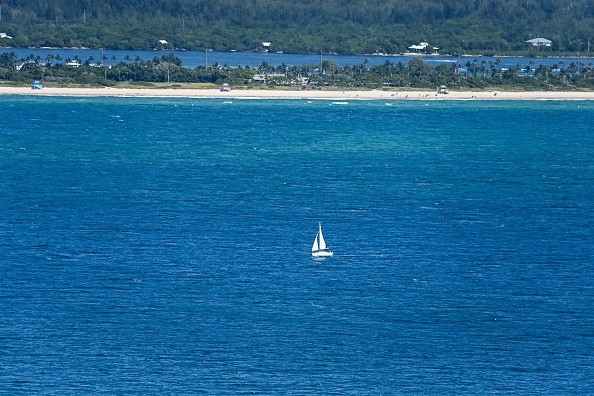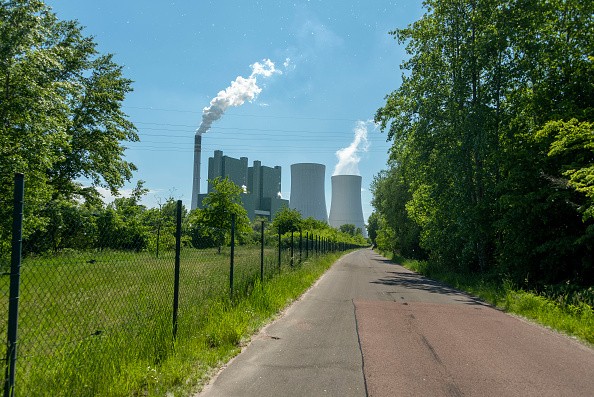A scientist set sail with a team of researchers in October 2019, aboard the Canadian Coast Guard Vessel John P. Tully in the northeast Pacific Ocean, off the Vancouver Island coast.

Seafloor Sediments
Fighting through seas and inadequate sleep, the researchers spent most of their week working side by side in a tiny stand-up refrigerator, making analyses of seafloor sediments to get more knowledge about the effects of low-oxygen conditions on the environment of deep-sea.
When organisms pass away, they go down through the water column, taking up oxygen in the sub-surface ocean when they decompose. This brings about bands of oxygen-depleted water referred to as oxygen minimum zones, or "dead zones".
Most organisms cannot inhabit these unfavorable environments. Although they naturally occur in some regions, dead zones usually emerge following the washing of fertilizer and sewage downstream into coastal regions, prompting algal blooms which then die off and decompose.
Also Read : Amazon Rainforest Now Emits More Greenhouse Gases Than It Takes in, Leading to Global Warming
Nitrous Oxide (N2O)
A study from that expedition gave a suggestion that the sediments beneath oxygen-depleted waters are a notable source of nitrous oxide (N2O). When deep water rises to the surface in a process called upwelling, this gas is discharged into the atmosphere.
Nitrous oxide is a powerful greenhouse gas, and it is more commonly referred to as "laughing gas." This gas is 300 times more powerful than carbon dioxide. Global emissions of N2O are rising due to human activities that prompt its production.
Currently, the oceans are responsible for about 25 per cent of global N2O emissions, and researchers are working to boost estimates of marine contributions. Most research has concentrated on oxygen minimum zones, which are referred to as hotspots of N2O emissions.
Warming of the ocean as a result of climate change is driving the extension of marine oxygen minimum zones all over the world. This has brought about speculation that N2O emissions from the oceans will keep increasing and further boost climate change.

Nitrogen-containing Compounds
Results from scientists show that even more N2O production may be anticipated where low-oxygen waters are in touch with the seafloor. To life on Earth, nitrogen is an important component and it exists in the environment in various forms. Specialized groups of microbes that are single-celled make use of nitrogen-containing compounds, like ammonium and nitrate, for energy to drive cellular functions.
These metabolic reactions mediate the nitrogen transformation between its different states in the environment, during this, N2O escape into the environment as a byproduct. N2O is also the primary ozone-depleting substance emitted to the atmosphere, apart from its effects as a greenhouse gas.
A team of researchers in the fall of 2020 journeyed to Bermuda in order to measure N2O emissions in a pristine mangrove forest in cooperation with the Bermuda Institute of Ocean Sciences.
Related Article : Seaside Ghost Trees are Releasing Greenhouse Gases
For more news, updates about Ocean Dead Zones and similar topics don't forget to follow Nature World News!
© 2025 NatureWorldNews.com All rights reserved. Do not reproduce without permission.





